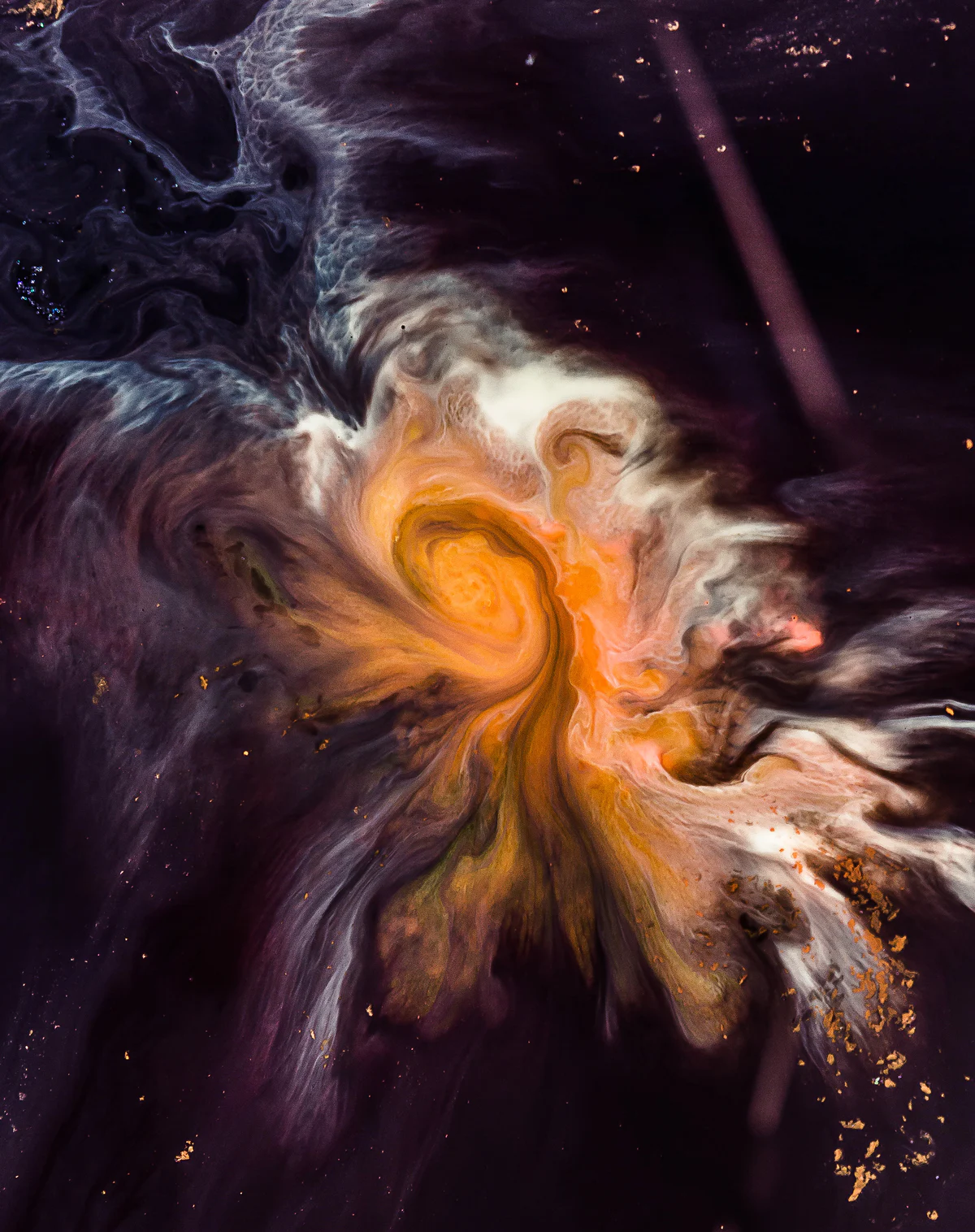
DARK MATTER AND DARK ENERGY: WHAT ARE THEY?
GRACE IN SPACE
September 13, 2022
The universe is always expanding. In fact, according to NASA it’s expanding faster than we originally thought (and perhaps increasing in speed as time goes on).
Note: I will specifically be drawing upon this NASA article on dark energy and dark matter for information and background, so a lot of this information is from there.
A little history: scientists originally thought that gravity would slow the expansion, but with the launch of the Hubble they were proven wrong; hence, the faster expansion. This ripped open a new rabbit hole we’re still falling down today.
Now, I’m going to try and explain this in the simplest, easiest to understand way possible: scientists were completely puzzled at the accelerating expansion of the universe, but three main theories that are still unproven today, but best backed up, made an appearance.
The first theory has to do with Einstein’s theory of gravity, specifically a piece of it that was tossed away. This was called a “cosmological constant.” According to Live Science, it’s a kind of matter/energy that works in “opposition to gravity.” In terms of physics, it’s usually included in different cosmological equations that deal with our understanding of the universe.
The second theory was the idea that there was a sort of “energy-fluid” that filled space. Basically some sort of “invisible” matter or substance filling every corner of the universe, which would explain a lot of the open space in… space.
The third theory mentioned in the NASA article was about an error in Einstein’s theory of gravity. This theory proposed that a new theory should be formed, one that included this idea of cosmic acceleration, supposedly created by this dark energy or matter.
So, what are dark matter and dark energy? To be honest, even today we have no idea. Those are simply terms we’ve assigned to the majority of unobservable things in the universe.
To put it into perspective, NASA says the things we have observed (think stars, anything we see on Earth or with super fancy telescopes) are estimated to only make up about five percent of the universe. The other 68 percent and 27 percent are presumed to be (in order) dark energy and dark matter.
The difference between dark energy and dark matter is that dark energy is credited for the expansion of the universe, and dark matter is literally just matter we can’t see.
There are a few theories behind dark matter, but the idea is that we have no idea. There are a few things we know what dark matter is not: anything we can see (stars, nebulas, etc.), black holes, antimatter (which will be covered in another column), and dark clouds of “normal” matter.
The reason these things have been named “dark” is because we literally just can’t see them, even with all the fancy space instruments that’ve been made over the years. So, the bottom line is these things are still a mystery, but the information in this column is a sort of catch up on what we do know.


Linda Hanlin • Sep 13, 2022 at 1:38 pm
Great article!
Johnathan Sandoval if he had 12 PHDs • Sep 13, 2022 at 11:04 am
Amazing article, zero mistakes, perfectly written, nothing scientifically wrong with it (I have 12 PHDs) A genius wrote this article.
Mary Wright • Sep 13, 2022 at 10:00 am
Very well written. An interesting article. Thanks for sharing this information